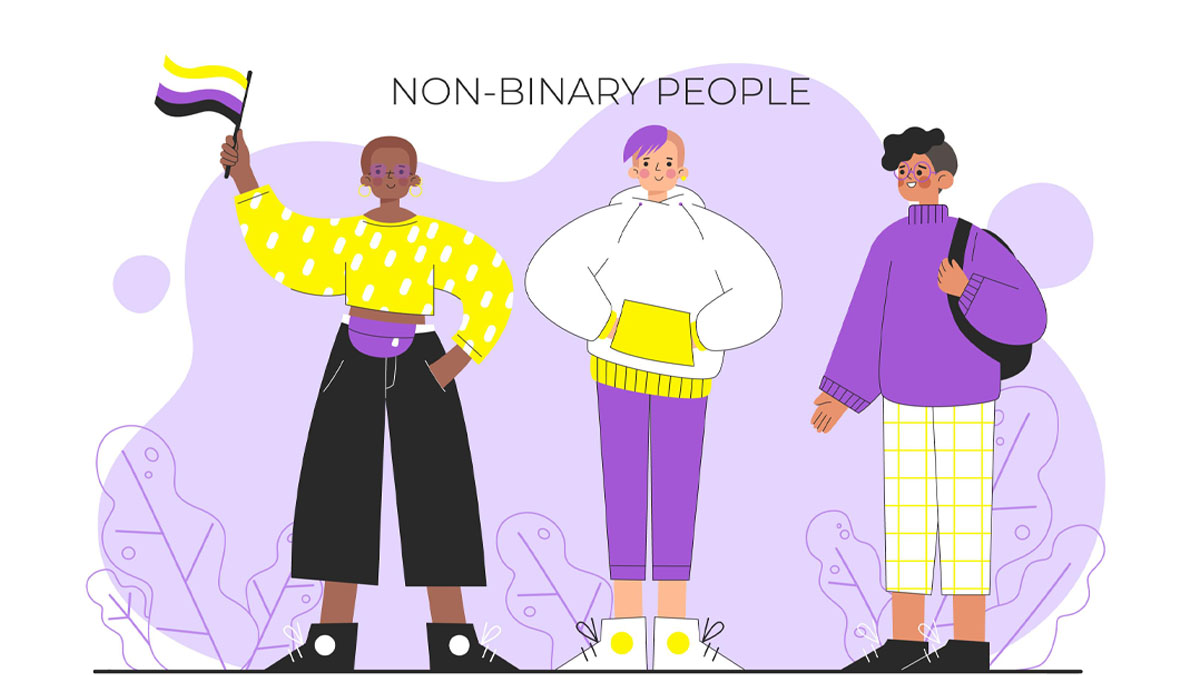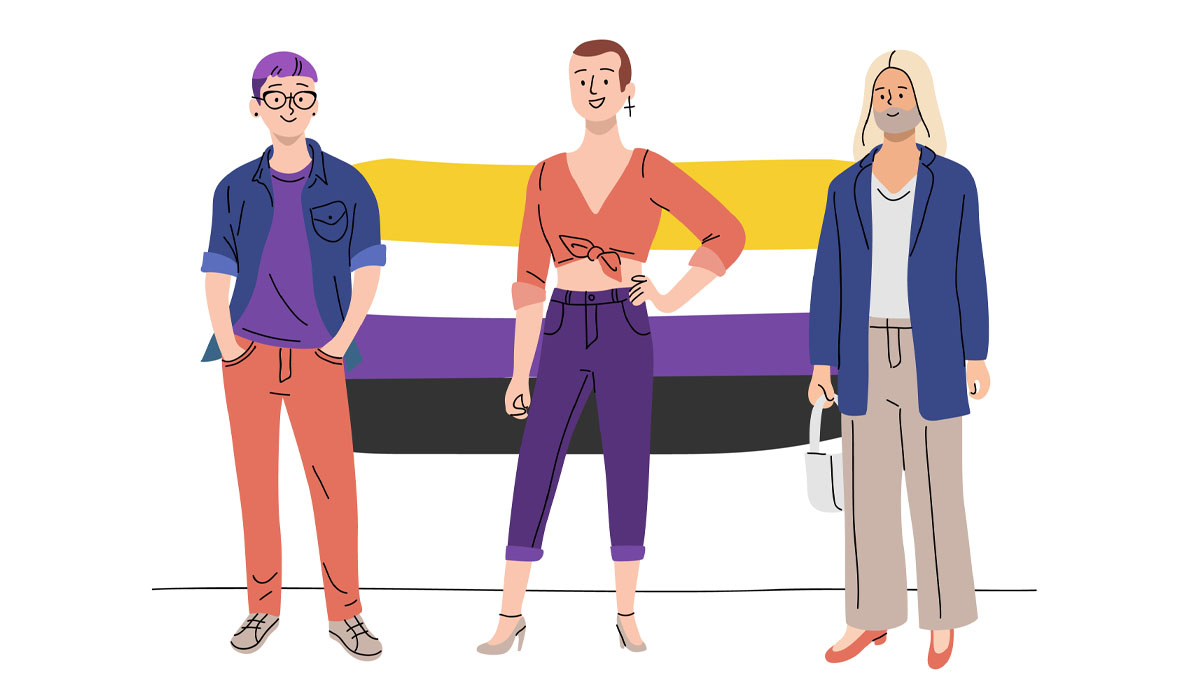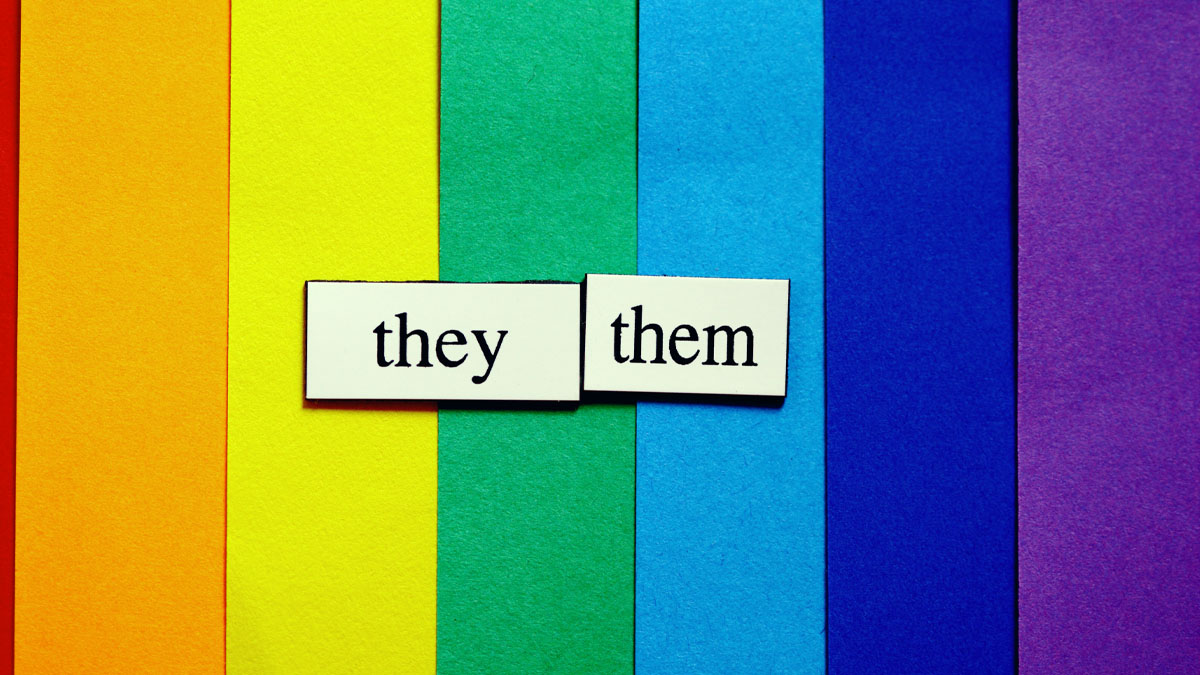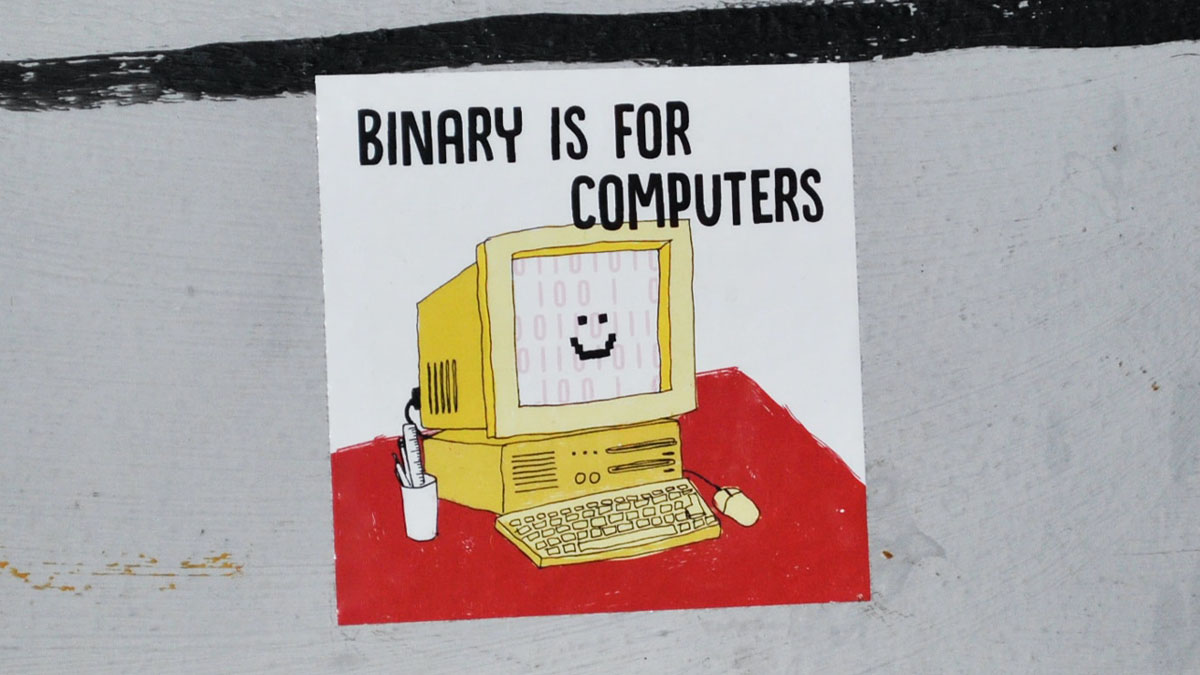
Navigating The Grey Area: Explaining The Concept Of Non-Binary Identity
Non-binary identity is all about breaking free from the idea that there are only two genders, male and female. Some people do not fit into these categories and choose to identify themselves as non-binary. In this article, we'll explore what it means to be non-binary and hear from two individuals who identify this way.
What Is Non-Binary Identity?
Non-binary identity means not identifying strictly as male or female. It's about seeing oneself as a mix of both genders or something different altogether. Some non-binary people may also experience their gender identity shifting over time.
Embracing Diversity: Stories From Non-Binary Individuals

Let's hear from two non-binary individuals to understand their experiences:
Saptarsh:"Being non-binary means embracing who I truly am. I don't fit into society's idea of being only male or female. Instead, I see myself as a mix of both. My gender expression can change too. It's about being true to myself and not following what society expects."
Saksham*:"As a non-binary person, I find myself navigating between masculinity and femininity. Society's strict gender rules can be suffocating, but embracing my non-binary identity lets me express myself authentically. It's about redefining gender on my own terms."
Challenges Faced By Non-Binary Individuals

Navigating non-binary identity can be challenging for various reasons, including:
Misunderstanding And Misgendering: Many people aren't familiar with non-binary identities, leading to confusion and using the wrong pronouns. Non-binary individuals often face scepticism and rejection of their gender identity.
Binary Structures And Expectations: Non-binary people struggle with systems that only recognise males and females. This makes it hard for them to deal with official documents, healthcare, and other essential services.
Limited Representation And Visibility: Non-binary individuals often feel marginalised and erased due to a lack of representation in media, education, and other areas. Seeing themselves reflected positively in society can make a big difference.
Nurturing Inclusivity And Acceptance

To create a more inclusive and accepting society, we can take these steps:
Education And Awareness: Teach people about non-binary identities to promote understanding and empathy. Provide resources and encourage discussions to learn about different gender identities.
Language And Pronouns: Respect people's preferred pronouns and use inclusive language. Make official forms and documents more inclusive by including gender-neutral options.
Don't miss: Visibility Cannot Help LGBTQIA Community Unless We Dwell Into Real Problems Says Prarthana Prasad
Representation In Media: Push for a more diverse representation of non-binary individuals in media, books, and other platforms. When non-binary voices are heard, it helps increase understanding and acceptance, pushing forward LGBTQIA+ rights.
Safe Spaces And Support: Create safe spaces and support networks where non-binary individuals can express themselves freely. Provide resources and counselling tailored to their unique needs.
Don't miss: Rishab Nanda: Breaking The Caricatured Portrayal Of LGBTQ Characters In Bollywood
Understanding and accepting non-binary identities requires a shift in society's mindset. By embracing and respecting people from LGBTQIA+ community, we can move towards a more inclusive world. Everyone deserves the freedom to express themselves authentically, regardless of societal expectations. As Saptarsh said, "We all deserve to be true to ourselves and live without judgement."
*Disclaimer: Names have been changed to protect the identity of the individuals.
HerZindagi Pride Month: Redefining narratives, fostering awareness and a world of inclusion with thought-provoking stories around LGBTQIA+. Get more awareness about LGBTQIA+ (Pride Month) by reading inspiring stories that will help you to open up without hesitation. #LivingWithPride
Also watch this video
Herzindagi video